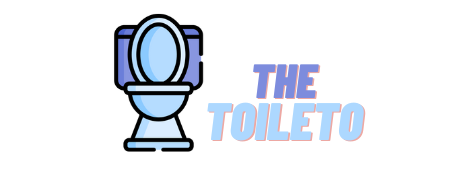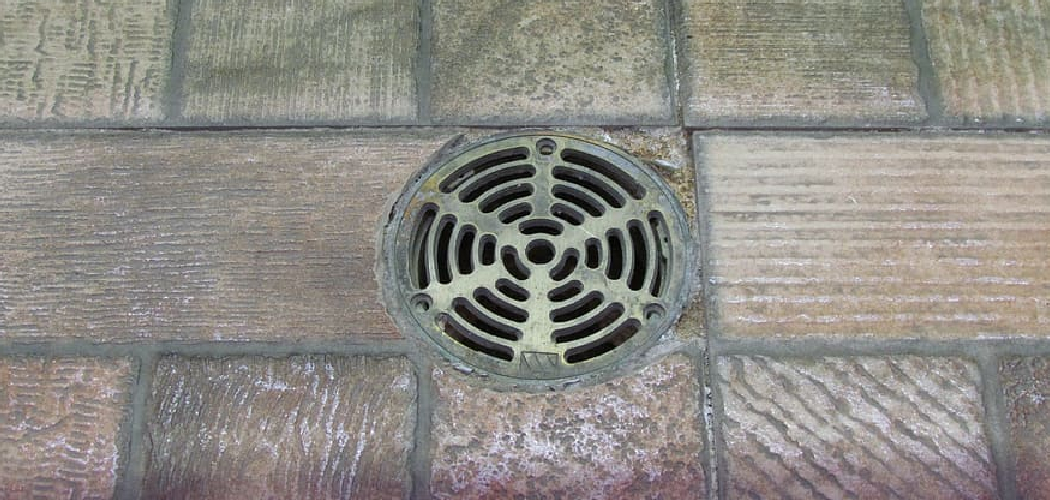A drain vent, also known as a plumbing vent or vent stack, is a crucial component of your home’s plumbing system. It allows air to enter the plumbing system, ensuring that water and waste flow smoothly through the drains. Maintaining air pressure balance prevents suction within the pipes that could disrupt proper drainage and lead to unwanted issues.
Keeping your drain vent clean is essential for your plumbing to function effectively. Over time, clogs caused by debris, leaves, or even bird nests can obstruct the vent, leading to slow drainage, gurgling noises, and unpleasant odors. These problems not only hinder everyday household activities but can also create health and hygiene risks if left unresolved.
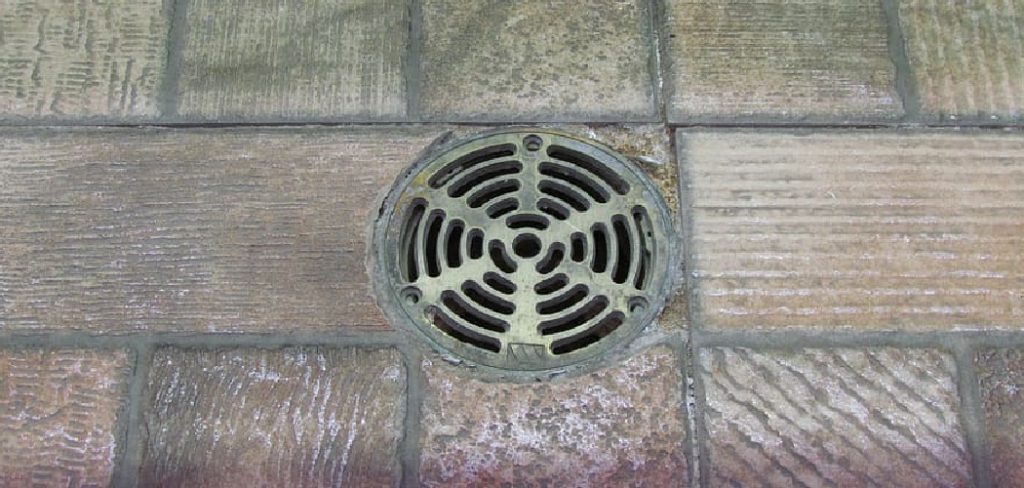
This article will provide a step-by-step guide on how to clean drain vent safely and effectively. From identifying potential clogs to performing proper maintenance, it ensures your plumbing system stays in top condition.
How a Drain Vent Works
A drain vent, also known as a plumbing vent or vent stack, is an essential component of your home’s plumbing system. Its primary purpose is to regulate and balance air pressure within the pipes, ensuring the smooth flow of wastewater and proper drainage throughout the system. The vent also provides an outlet for sewer gases, directing them outside the home to maintain indoor air quality and prevent unpleasant odors.
Function of the Vent System
- Balances air pressure in your plumbing system
By allowing air to flow freely into and out of the pipes, the vent prevents the buildup of vacuum pressure, which can hinder drainage.
- Prevents sewer gases from entering your home
The vent safely channels harmful gases out through the roof, keeping the interior of your home odor-free and safe.
- Allows wastewater to flow smoothly
The vent system helps to maintain a steady flow of wastewater by equalizing air pressure, preventing clogs and backups.
Signs Your Drain Vent is Clogged
Early Warning Signs
A clogged drain vent can cause several noticeable issues, beginning with subtle signs that may be easy to overlook. One common indicator is hearing gurgling sounds coming from your drains or toilets, signaling air struggling to pass through the vent system. You may also notice that water drains more slowly than usual from sinks, tubs, or showers. Additionally, unpleasant odors near sinks or toilets are another red flag, as sewer gases may escape due to improper venting.
Advanced Symptoms
If the clog worsens, more serious symptoms can arise. Toilets may struggle to flush properly or fail to flush entirely. You might also observe water backing up in sinks, tubs, or showers, as the vent is unable to balance air pressure effectively. This can lead to significant inconvenience and potential water damage if not addressed promptly.
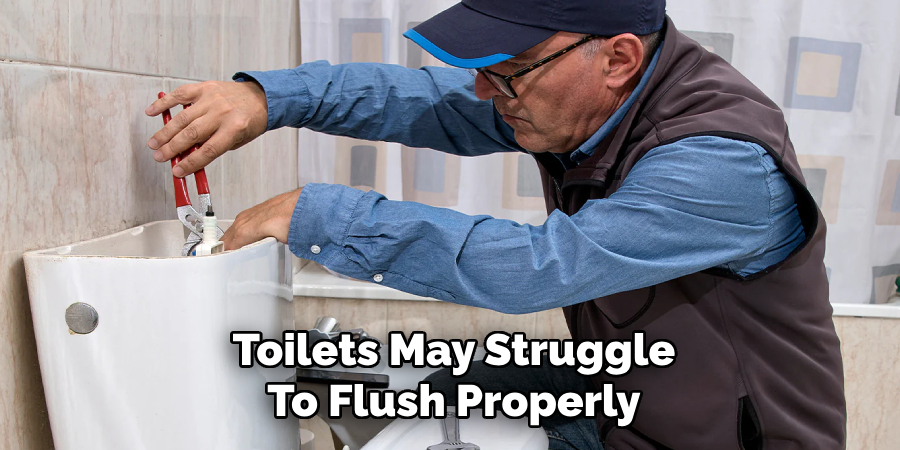
Visual Clues
Sometimes, the cause of a clogged vent is more apparent. Inspecting the roof vent pipe might reveal debris such as leaves, dirt, or bird nests blocking the airflow. Regular maintenance and clearing of such obstructions can help prevent these issues and ensure your plumbing system functions correctly.
Tools and Safety Gear You’ll Need
When addressing a clogged vent pipe, having the right tools and safety gear is crucial for both efficiency and safety. Here’s what you’ll need:
Tools
- Plumbing snake or drain auger – Essential for clearing blockages deep within the vent pipe.
- Garden hose with a strong spray nozzle – Useful for flushing out debris from the vent.
- Flashlight or inspection camera (optional) – Helps you visually identify blockages before attempting removal.
Safety Gear
- Ladder (if accessing the roof) – Ensure it is stable and placed securely to avoid accidents.
- Work gloves and eye protection – Protect your hands and eyes from sharp debris or contaminants.
- Non-slip shoes and possibly a harness – Reduces the risk of slipping while working on the roof.
Investing in these tools and safety precautions will help you effectively clear clogged vents while minimizing potential hazards.
Locating the Drain Vent
Typical Locations
Most vent stacks exit through the roof, typically positioned directly above the bathroom or kitchen. These are strategically placed to align with the plumbing system and allow proper ventilation for drainpipes.
Using Blueprints or Visual Cues
If you’re unsure of the vent’s exact location, consult your home’s plumbing schematic, which should indicate the positioning of the vent stack. Alternatively, look for visible pipe clusters protruding from the roof, as these are often connected to the drainage system.
Caution Before Climbing
Prior to climbing onto the roof, ensure that the weather conditions are clear, with no rain, wind, or ice that could create hazardous surfaces. Always wear appropriate safety gear, such as non-slip shoes, and inform someone of your activity or have them accompany you to ensure your safety while working at height.
How to Clean Drain Vent Steps to Clean a Roof Drain Vent
Step 1: Inspect the Vent Opening
Use a flashlight to examine the vent opening for any visible obstructions, such as leaves, bird nests, or ice. Carefully note the condition of the area to determine if immediate action is required.
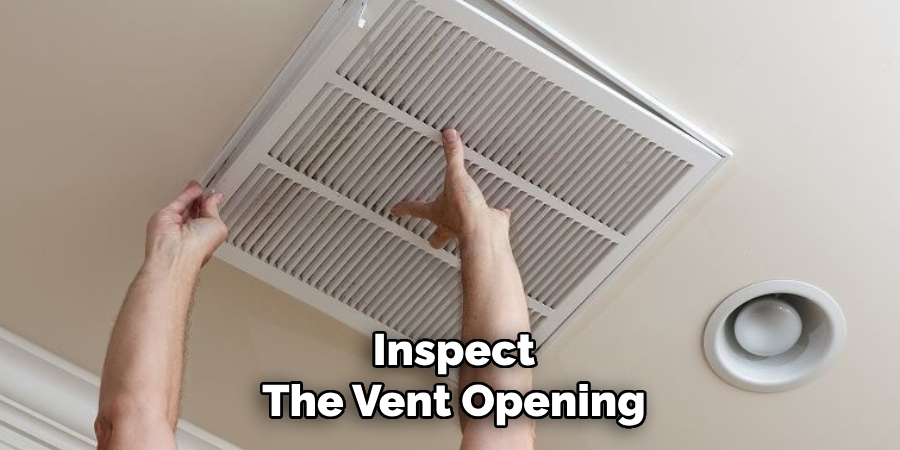
Step 2: Remove Debris Manually
Put on a pair of sturdy gloves and manually remove loose debris from around the vent opening. For hard-to-reach debris, consider using a grabber tool to avoid pushing the obstructions further into the vent.
Step 3: Use a Garden Hose
Attach a garden hose to an outdoor water source and carefully spray water down the vent pipe. This helps dislodge minor blockages that may be sitting deeper in the pipe. Keep an eye on the flow—if water starts to back up, it’s an indication that a clog still exists further below.
Step 4: Use a Plumbing Snake
For persistent clogs, use a plumbing snake. Feed the snake carefully down the vent pipe, turning the crank to either break up or retrieve the blockage. Be thorough but cautious to avoid damaging the pipe.
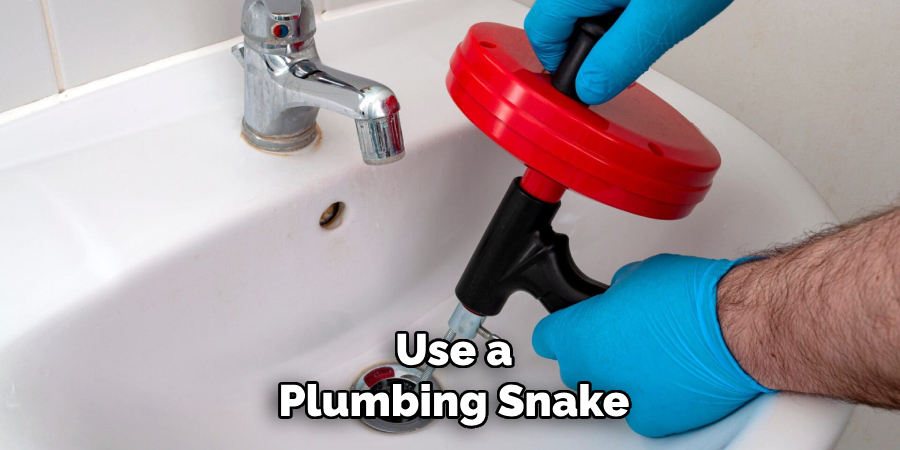
Step 5: Flush with Water Again
After using the plumbing snake, reattach the garden hose and flush the vent pipe once more with water. Check to confirm that water flows freely down the vent without any backup. This indicates that the obstruction has been successfully cleared and the system is functioning properly.
When to Call a Professional
While clearing a clogged vent pipe can often be managed with some basic tools and patience, there are certain situations where it’s best to call in a professional plumber.
Situations That Require Expert Help
If you’re unable to safely access the roof due to its height, steep angle, or adverse weather conditions, prioritizing your safety by hiring a professional is essential. Additionally, some blockages can occur deep within the vent system, beyond the reach of a standard plumbing snake. Persistent issues, such as foul odors or repeated backups even after cleaning, may also signal a more severe problem that requires professional intervention.
Benefits of Hiring a Pro
Professional plumbers have specialized tools like inspection cameras and power augers, which allow them to locate and address blockages precisely. Their expertise enables them to identify underlying plumbing issues—such as damaged pipes, tree root intrusions, or system misalignments—that may not be apparent to the untrained eye.
A qualified plumber can provide a thorough inspection of the entire system, ensuring all issues are properly resolved and preventing future complications. Ultimately, hiring a professional not only saves time and effort but also ensures peace of mind with a fully functional plumbing system.
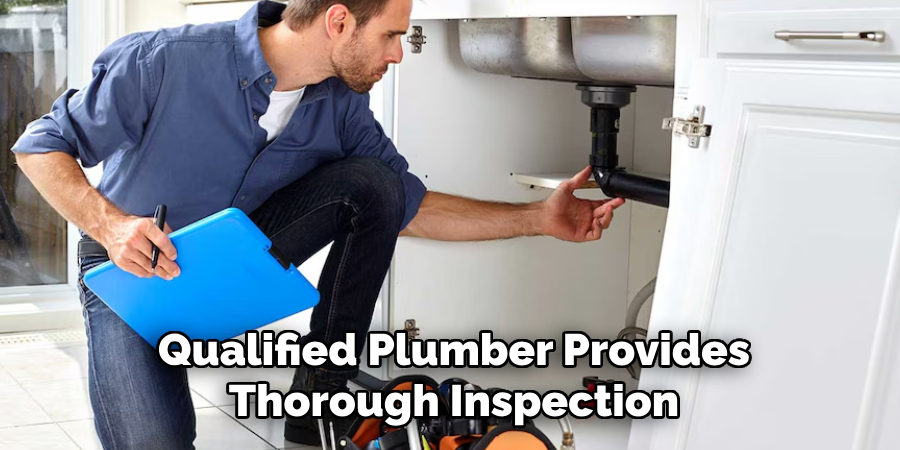
Preventing Future Clogs
Installing a vent cap or screen is an effective way to keep leaves, birds, and other debris from entering and clogging your plumbing vents. Regular inspections are equally important—check the vent seasonally, especially after storms or during fall when leaves drop heavily. Additionally, maintaining proper tree clearance can significantly reduce the risk of debris accumulation. Be sure to trim overhanging branches near the roof to prevent fallen leaves or twigs from causing obstructions.
By taking these preventative measures, you can help ensure your plumbing system remains efficient and free from unnecessary blockages. Flushing large or inappropriate items down the toilet can cause clogs and damage to your pipes. Also, be mindful of what you pour down your drains. Grease, oil, and other substances can solidify in your pipes and lead to blockages.
Another important aspect of plumbing maintenance is being aware of any changes or issues with your system. If you notice a decrease in water pressure or an increase in your water bill, but no change in usage, there may be a leak somewhere in your plumbing system. Stains on walls or ceilings may also indicate a leak, as well as unusual noises coming from your pipes.
It is essential to address these issues promptly by seeking professional help. Ignoring them can lead to bigger problems and potentially costly repairs in the future. Additionally, regular check-ups by a licensed plumber can help prevent these issues and ensure your plumbing system is in good condition.
Conclusion
Cleaning a drain vent is an essential part of plumbing maintenance that helps prevent drainage and odor issues. Knowing how to clean drain vent systems properly can save homeowners from costly repairs and ensure efficient plumbing. With the right tools and safety precautions, minor clogs can often be resolved independently.
However, for persistent issues or complex blockages, seeking professional help is crucial to ensure the entire venting system operates correctly and safely. Regular maintenance and inspections not only extend the life of your plumbing but also maintain a healthy and odor-free home environment.
